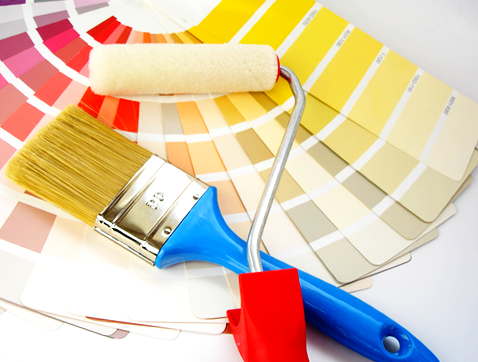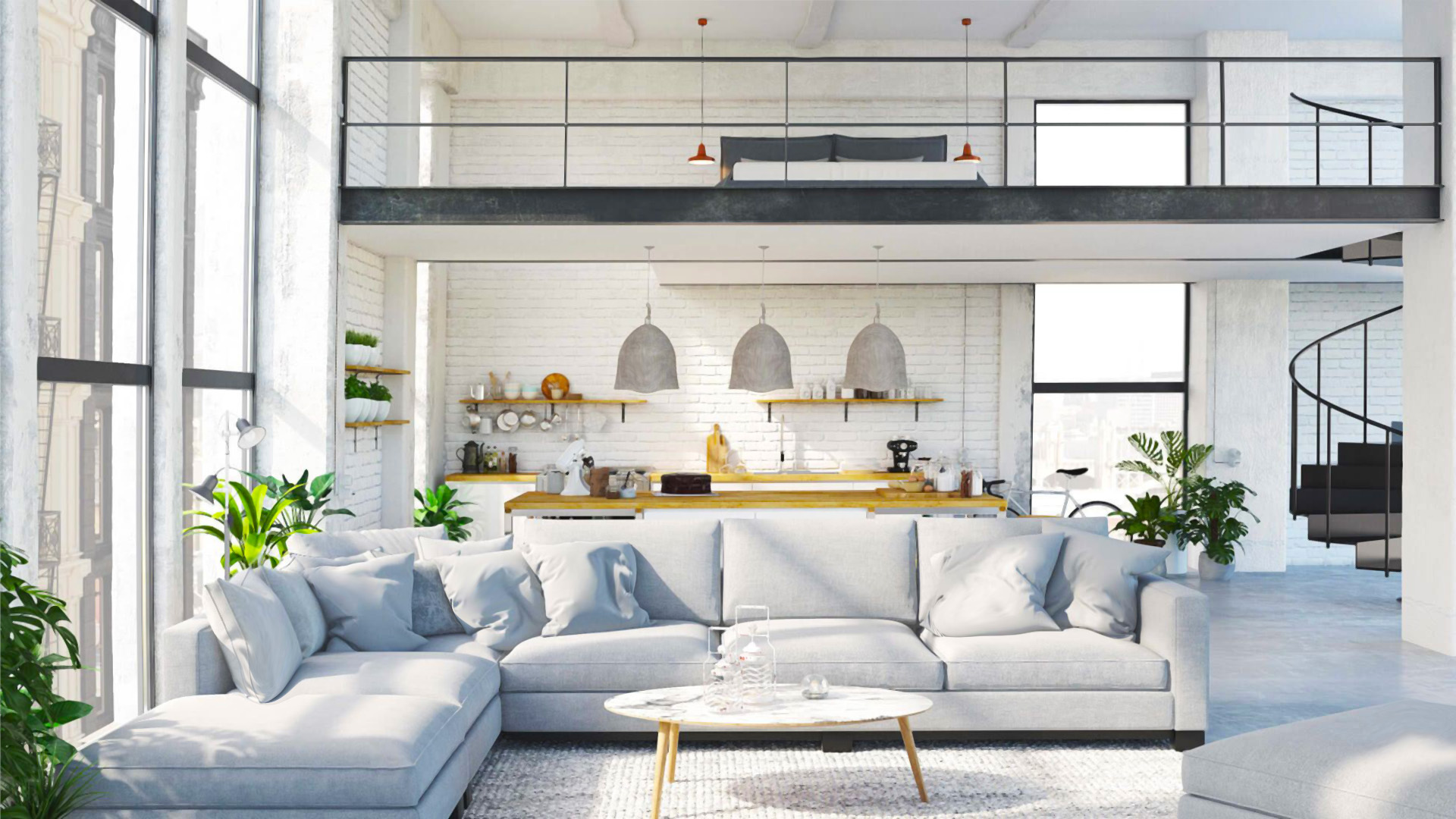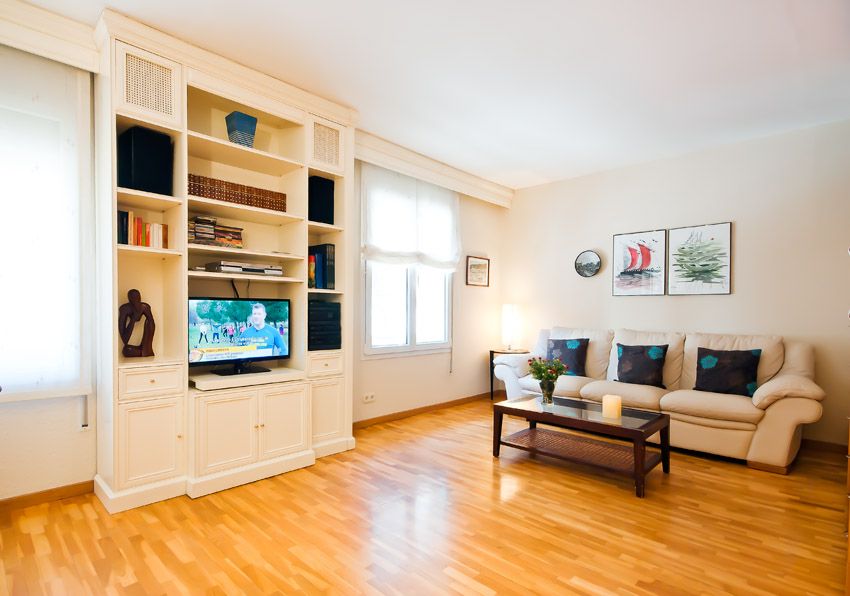To paint something, it is necessary to carefully prepare the surface. It is necessary to remember that painting does not hide defects, cracks, unevenness and other defects.
Stages of preparing surfaces for painting:
- cleaning the surface,
- leveling,
- priming,
- plastering,
- sanding
- repeated priming.
First, it is necessary to protect the furniture, covering it with a film and sealing the floor, so as not to spoil it with finishing materials.
Before painting, it is necessary to carefully level the walls or ceilings, widen the cracks and fill them with a depth of 2 mm, and then sand the rough areas.
Cleaning the surface. The area for painting must be dry and free of dust, dirt and grease. First, the surface is cleaned with a brush, spatula and other tools. If there were previously wallpaper on the walls, it is necessary to remove it and thoroughly clean the walls. To do this, they are moistened with water and softened.
Primer is a preparatory basis for the impregnation of the surface, this will serve as a strong adhesion to the following paint layers and give the surface uniformity.
Plaster is applied in a layer of 1-3 mm of plaster mass to eliminate all defects, cracks and other defects. The solution is applied to the walls with a spatula or scoop in several layers. The surface must be well leveled. On the last layer, experts recommend applying a layer of plaster, so that the wall is perfectly smooth.
Sanding is a filling and elimination of all defects. Sanding of surfaces is performed manually or with sanding machines after each plastering.
Now, when the surface is perfectly flat and smooth, we again prime the walls, and you can start painting the walls directly.







